The Czartoryski Museum is one of the oldest, most famous and most visited museums in Poland. Displayed inside several historic buildings in the centre of Kraków, the prestigious Czartoryski collection includes a bit of everything: masterpieces of European painting (da Vinci, Rembrandt), sculpture, applied arts, ancient Egyptian artefacts, Far Eastern art, Polish historical memorabilia and more. Acquired by the Kraków National Museum in 2017, the museum space was modernised and reopened to the public in 2019. Tickets are numbered and timed and should be bought online in advance.
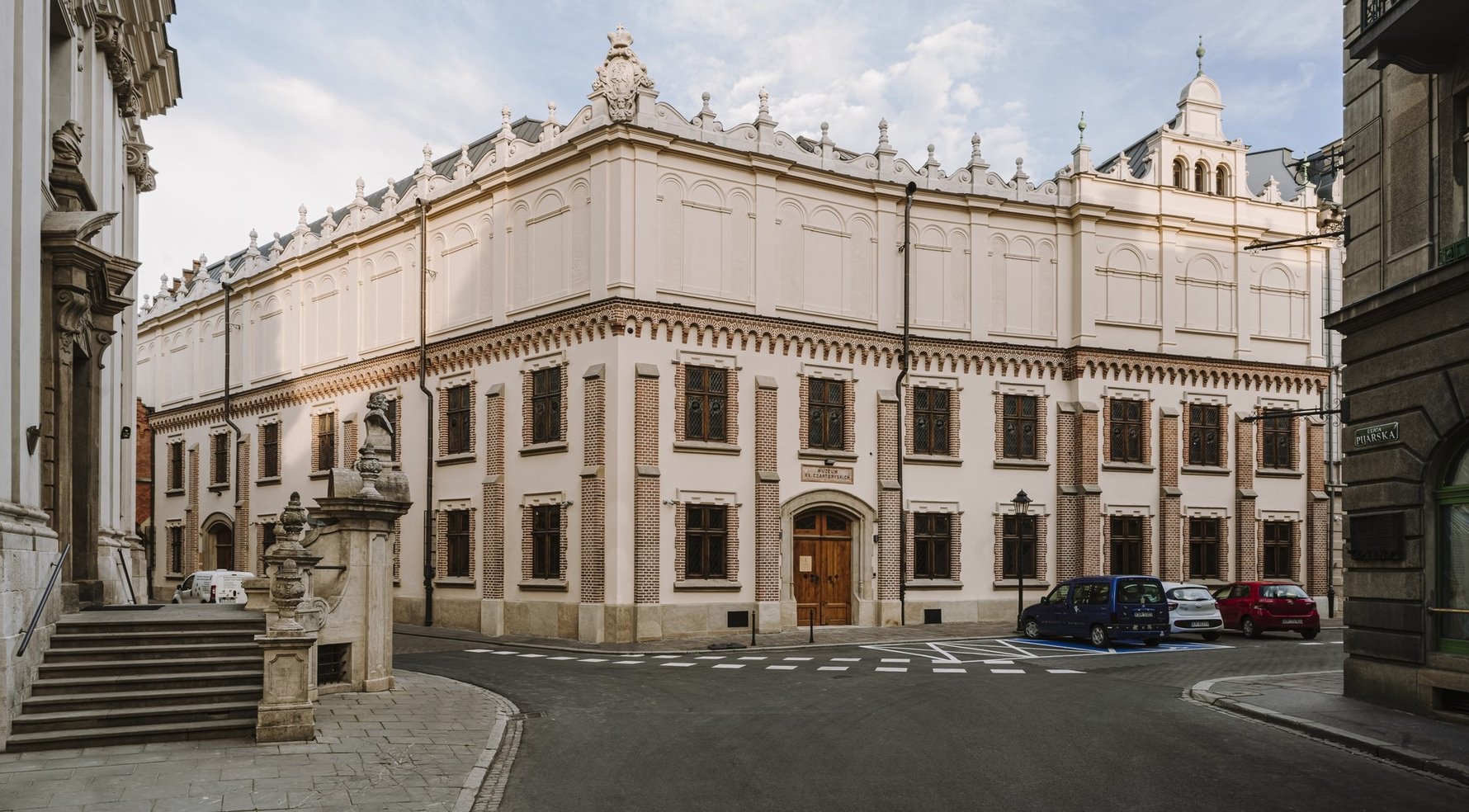
“My homeland, I was not able to save you, let me immortalise you at least.”
--Princess Izabela Czartoryska, upon founding the Czartoryski art collection
History of the Czartoryski Collection
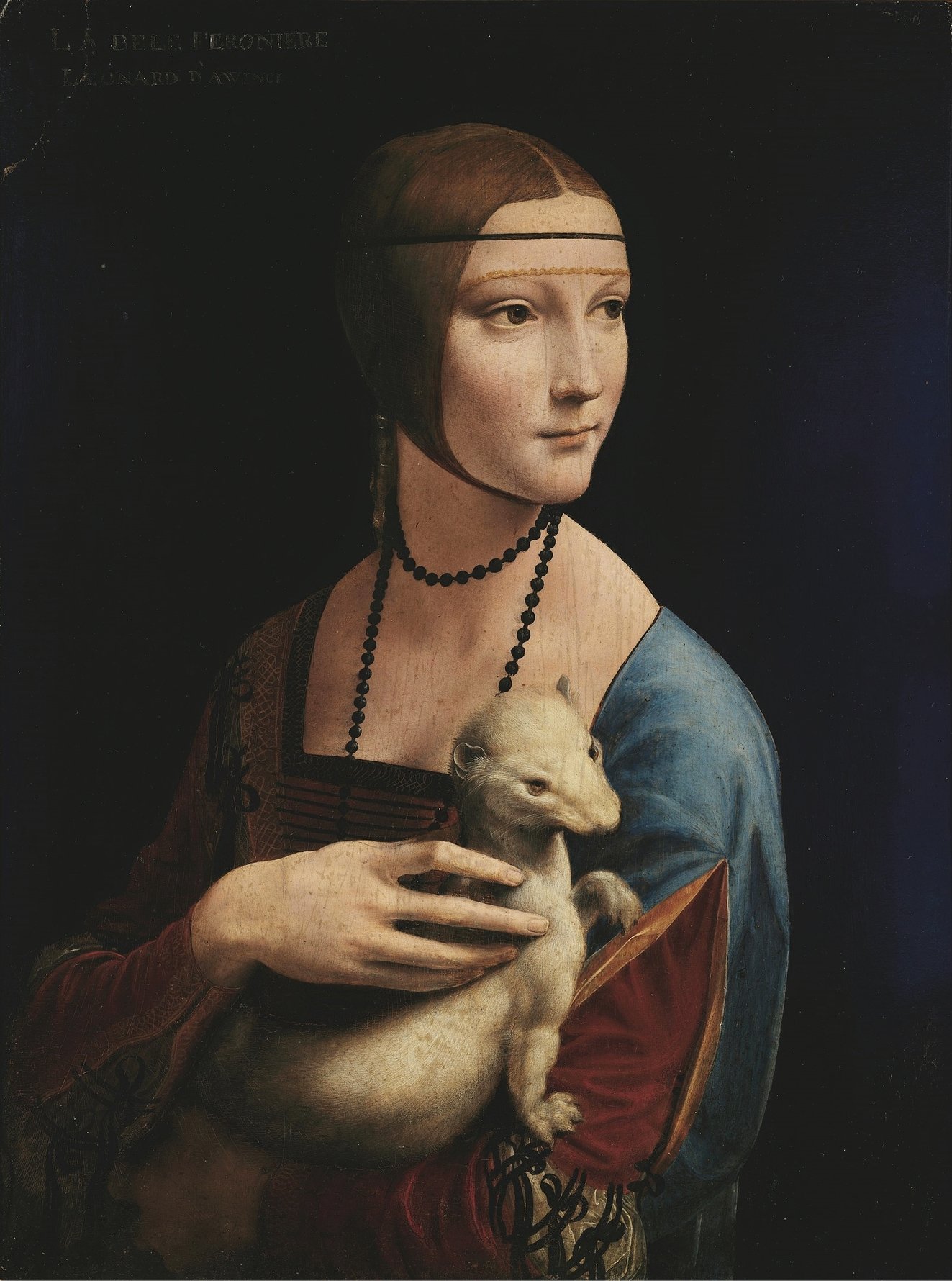
Consisting primarily of paintings by European masters, portraits of Polish nobility, Polish historical documents and national memorabilia, Poland's oldest museum was originally founded by Princess Izabela Czartoryska in 1786 at the Czartoryski family estate in Puławy (eastern PL), which was under Russian occupation during the era of Partitions. In 1798, Izabela's son, Prince Adam Jerzy Czartoryski expounded upon her 'Temple of Memory' when he travelled to Italy and acquired many Roman antiquities for the museum, as well as two of its most treasured pieces, Leonardo da Vinci's beloved oil painting 'Lady With an Ermine' and Rafael's 'Portrait of a Young Man' - the latter of which has been missing since World War II.
During this period the Puławy museum proved extremely popular as Poles travelled from all parts of the partitioned lands to see it. The Prince's involvement in the failed November Uprising of 1830-31 against Russian rule, however, forced him to flee Poland for France, taking most of the museum collection with him. Settling in Paris, Prince Adam Jerzy bought the Hotel Lambert for his estate-in-exile and turned part of it into the 'Living Museum of Poland.' His successors, Prince Władysław and his sister Princess Izabela Działyńska, expanded the collection significantly - adding Etruscan, Greek, Roman and Egyptian antiquities - before the French defeat in the Franco-Prussian War in 1781 forced the Czartoryskis to flee Paris and hide their artefacts. It was at this time that the city of Kraków - where Austrian occupation was less severe than other regions of the former Polish lands, and where Polish nationalist sentiment was peaking - offered Price Władysław the former city Arsenal and additional buildings as a home for his collection. In 1878 the museum opened to the public in Kraków, becoming the city's first, with the National Museum's first exhibit in the Cloth Hall not yet to occur for another five years.
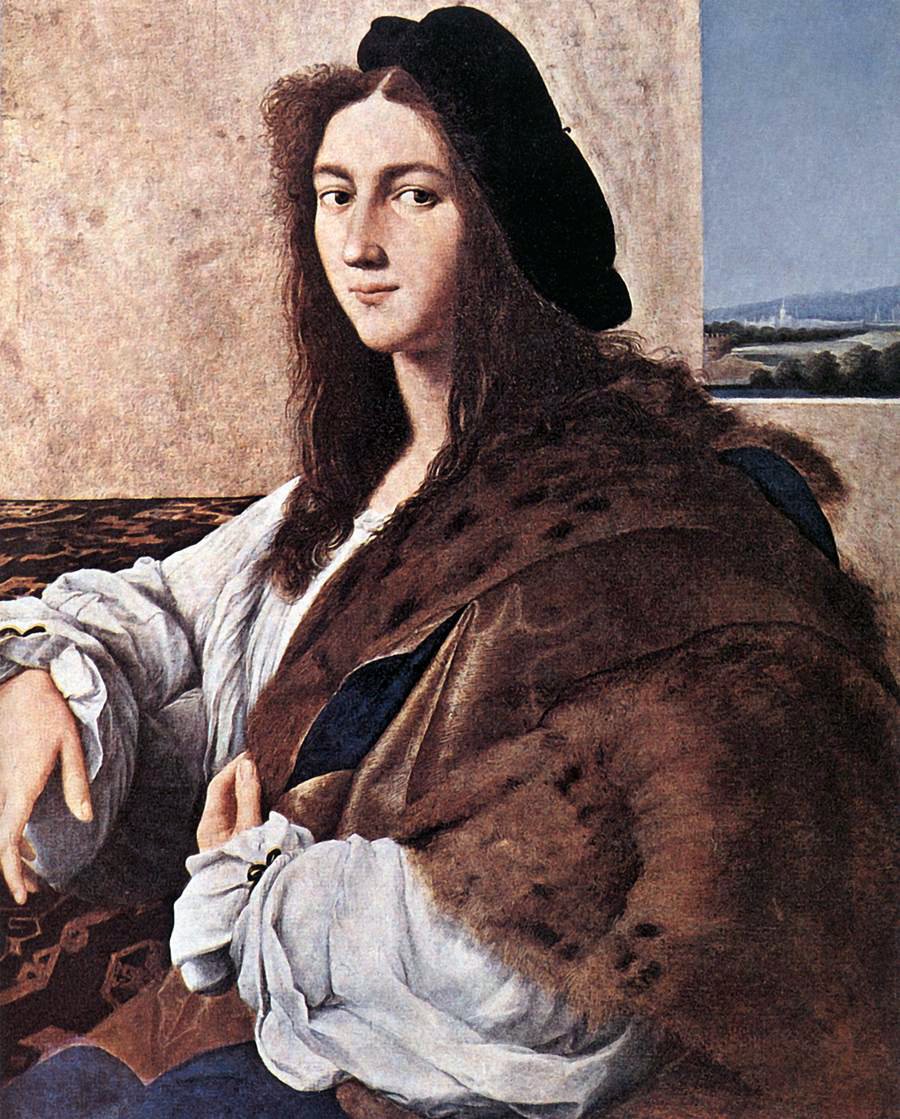
and is estimated to be worth over 100 million USD. But where is it?
Anticipating the German invasion of World War II, the museum packed and hid its treasures, but the Nazis soon discovered and looted them. The wartime escapades of the Czartoryski collection are a story in itself - moving from Krakow to Sieniawa (south-eastern PL), Dresden, Berlin, back to Krakow, then to Silesia - during which time the collection was repeatedly fractured and scattered. Eventually the Americans recovered much of the Czartoryski treasures, but 843 artefacts remain missing from the collection today, including the aforementioned Raphael painting.
After the war, the museum reopened in Kraków under the purview of the communist authorities and was the city's most popular cultural institution, after Wawel. Once the regime fell, the collection was returned to the Czartoryski family in 1991, eventually closing for repairs in 2010. While closed the museum's collection - including all yet-to-be-recovered works - was sold by the Czartoryski Foundation to the Polish State Treasury for 105 million PLN, a mere 5% of its estimated value. The museum was reopened as a branch of the Kraków National Museum in December 2019.
Visiting the Czartoryski Museum Today
Main Exhibit
One of the most valuable art collections in Europe, the Czartoryski Museum includes a bit of everything: masterpieces of European painting, sculpture, applied arts, Egyptian artefacts, Far Eastern art, Polish historical memorabilia, priceless books and documents from the Czartoryski Library, and more. Specifically, visitors will see one of only four female portraits by Leonardo da Vinci in the world, Rembrandt's prized Landscape with the Good Samaritan, trophies from King Sobieski's victory at the Battle of Vienna in 1683, Chopin's death mask, and separate urns containing the remains of Copernicus and Polish poet Jan Kochanowski.
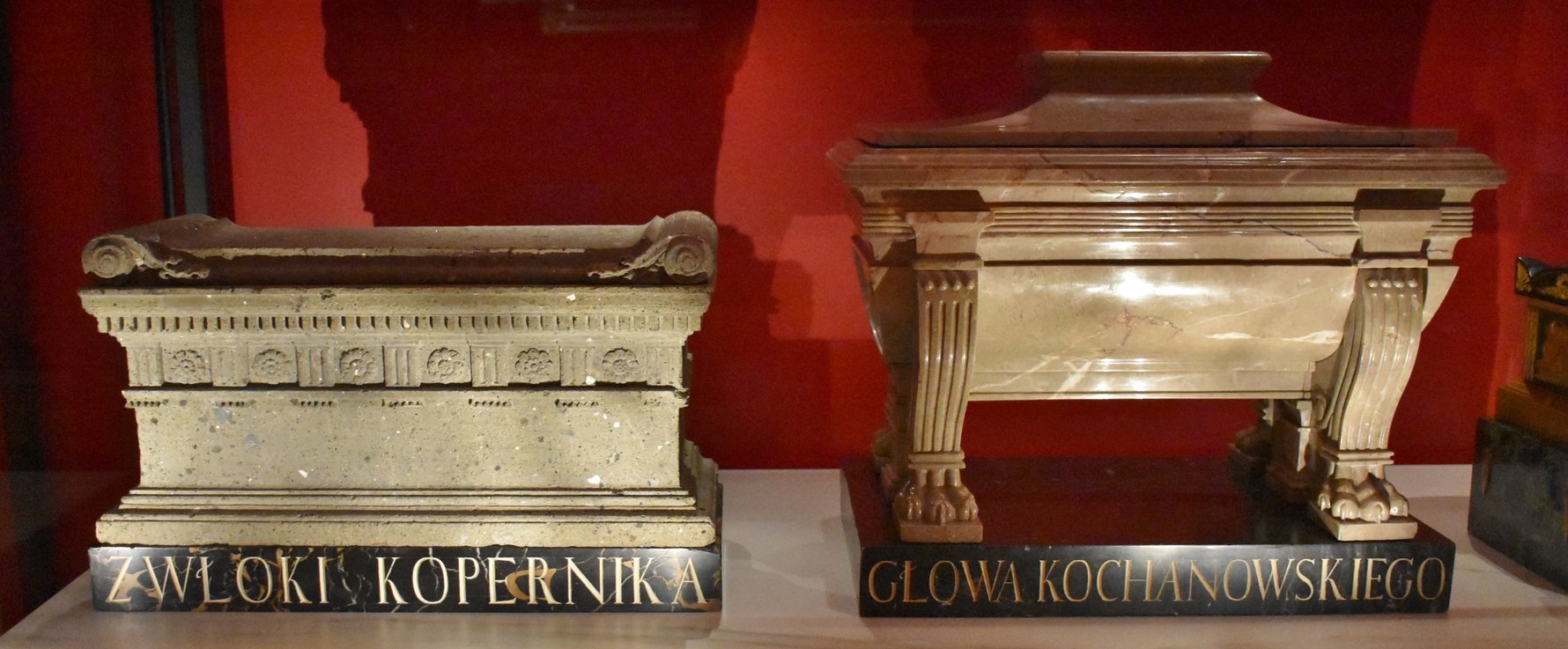
While the riches on display are indeed dazzling, the museum unfortunately lacks almost any contextual information alongside the displays to engage the viewer with the various objects. This absence of narrative and the collection's overall lack of cohesion is no doubt due to the fact that this was a family's private collection, expanded over several generations. Prior to renovations the museum's randomness and austerity gave it an old world 'Cabinet of Curiosities' charm; but now, following the museum's modernisation, supplemental info feels more absent than ever. For a more engrossing experience, guests should enquire about the audioguide, available in Polish, English, French, German, Italian, Spanish, Ukrainian and Russian for 10zł. Visitors with kids should also check the drawers of the movable furniture in the foyer for hands-on displays and activity sheets.

Occupying the same set of historical buildings that it has since it was first opened to the public in Kraków in the late 19th century, the Czartoryski Museum complex is located near the Floriańska Gate and incorporates buildings on the corner of ul. Pijarska and ul. Św. Jana with the former Piarists' Monastery and the former city Arsenal across the street. The main entrance of the Czartoryski's primary permanent exhibit is from ul. Pijarska. Inside, a pre-war grandeur has been restored, replete with gold details and grand chandeliers and a glass catwalk over the impressive foyer. At the moment there are a very manageable 21 small rooms over two floors here, and this main part of the museum takes about 90mins to visit.
Monastery & Arsenal (Klasztorek & Arsenał)
In June 2023, the last wing of the Czartoryski was opened in the former 17th-century Piarist Monastery. Across the street from the museum's main building, and connected to it via a beautiful brick archway, this part of the museum most captures the feeling of the old museum. Known as 'Klasztorek,' there's a certain charm to the odd, almost random objects displayed here which were essentially cast away and relegated to the basements of the archive by contemporary curators before being revived here. While some have lost their impact or relevance over the centuries, all are still curious and beautiful in their way, and some still resonate - like Shakespeare's beastly, beautiful chair. If you prefer 19th-century museum curation over contemporary trends, don't miss this; otherwise it's not exactly essential.
The Arsenal, meanwhile, occupies the adjacent building, which is incorporated into the Old Town defensive walls. Originally built in the mid-15th century, this space once stored the city's armoury, munitions, cannons and gunpowder. In the 1800s it was rebuilt and expanded into its current neo-Gothic state to hold the vast library and collections of the Czartoryski Princes, until the collection was moved across the street to ul. Św. Marka 17 in the 1960s. Since then Kraków's former Arsenal has been used to showcase various segments of the Czartoryski collection, and today hosts the Gallery of Ancient Art. This unique exhibit brings together three unique collections of ancient art amassed abroad during the 19th and 20th centuries by the Czartoryski family, the Potocki family of Krzeszowice and the Kraków National Museum. On display are artefacts primarily from ancient Egypt, Greece and Rome dating from 3000 BC to the 7th century AD, with highlights including marble sculptures, Egyptian sarcophagi and animal mummies. It's amazing that these items found their way to Kraków and they provide an interesting look at the material culture of the ancient world, but are hardly required viewing for those without a special interest in antiquity.
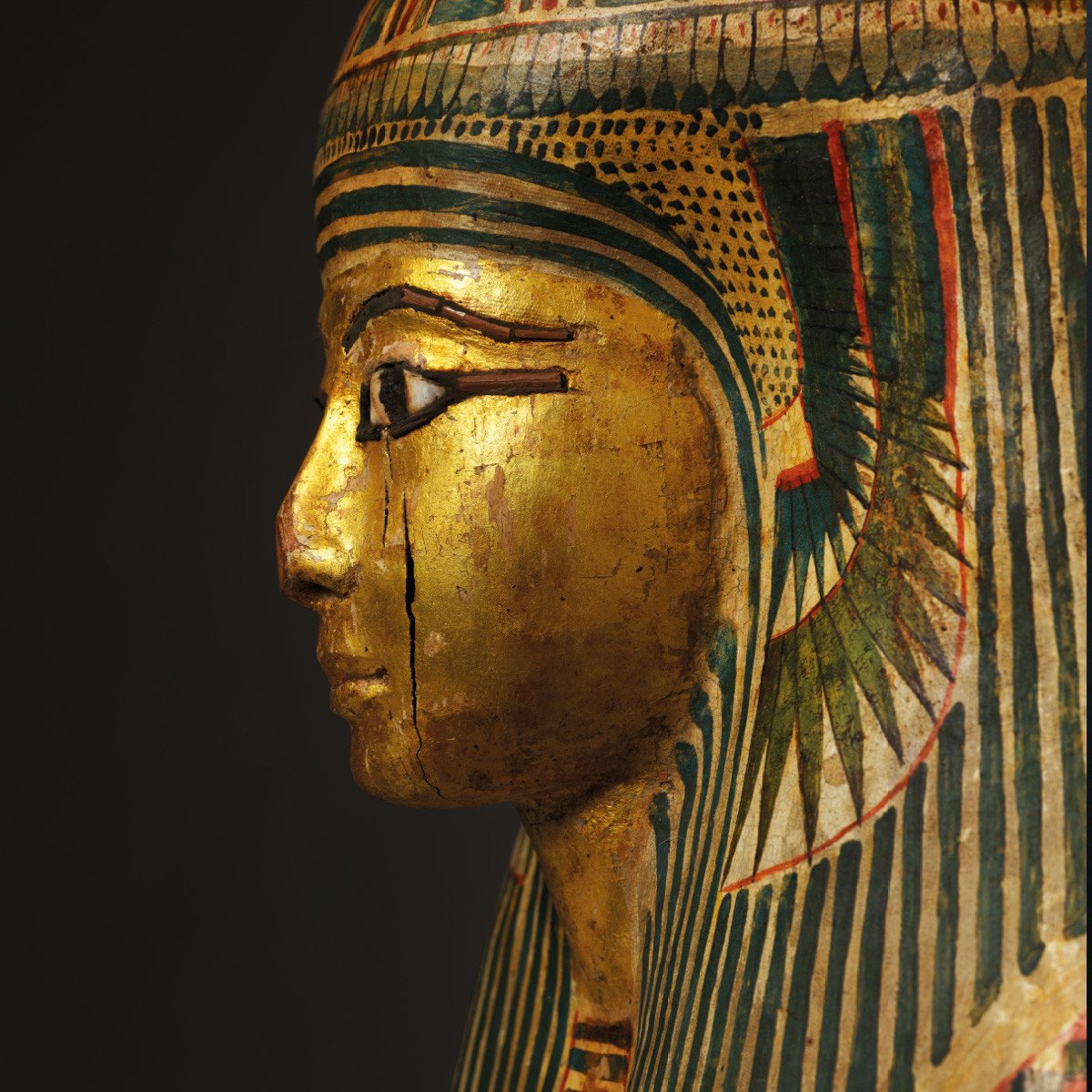
Tickets & Prices
To control the volume of guests, all entrances are numbered and timed, so it's best to buy tickets online via bilety.mnk.pl as early as possible; a more limited number of tickets are available on-site at the ticket desk the day of visiting. Tickets cost 65zł, 50zł for pensioners, 1zł for students under 26 with valid ID, and are free for kids under 7. Tuesday is the free day of the museum, but you still need to get a 0zł timed ticket. Tickets are valid for all parts of the museum, including the Monastery and Arsenal, and are also valid for free entry to other branches of the Kraków National Museum for three monbths from the day of purchase.
The museum is handicap-accessible, includes 'sensory' displays for the blind throughout, and there is also a fancy cafe operated by Leonardo Cafe inside.
Average total visiting time: 2.5hrs.


_m.jpg)
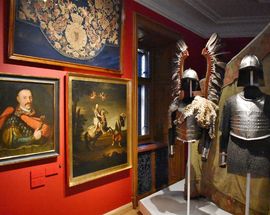
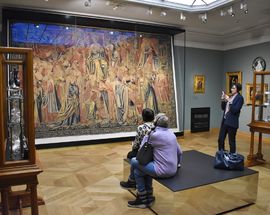
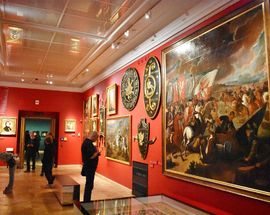
_m.jpg)
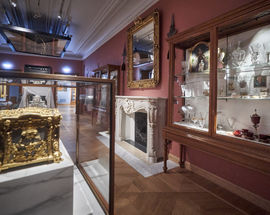
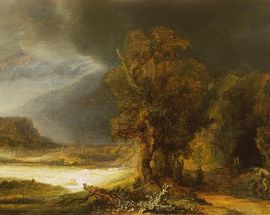
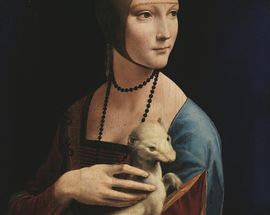
_m.jpg)
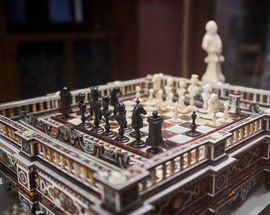
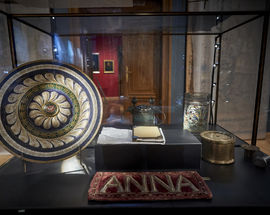
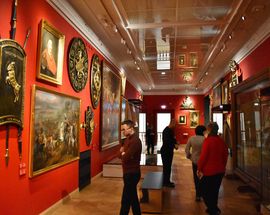
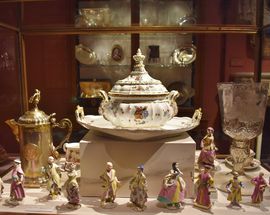
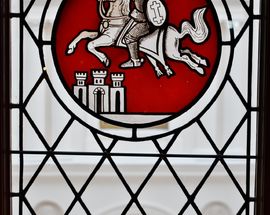
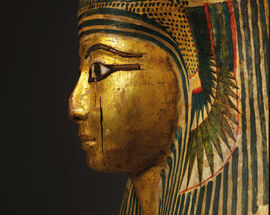

Comments
Ildikó Koncz
Magyarország, Szolnok
Kérem, tájékoztassanak, hogy Leonardo da Vinci Hölgy Hermelinnel című képe a Krakkói Nemzeti Múzeumban látható-e 2018. húsvétján (30.03.2018.- 02.04.2018.) Nyitva tartási idő? Felnőtt belépő ára? Köszönettel: Ildikó Koncz
Editor Krakow
The simple answer is 'where's the fun in a sign?' Some people love a moan and they love to be able to put you right. Putting up a sign would put an end to hours of endless fun begrudgingly having to tell stupid foreigners like us that the place is closed. You should try checking the research in some of these places. What? You want information from us to print free in thousands of guidebooks which will inform lots of visitors...........leave us alone - we're too busy. <br /><br />It ought to be said that we love Poland and there are a number of great things about it. Old state employees generally don't fall into that group. That said it is changing rapidly as a visit to the Uprising Museum or Chopin museums in Warsaw will demonstrate. I guess that the Czartoryski Museum is likely to be markedly improved once the renovation work is done probably putting a few of these older people out of work - hence the bitterness.
Judy Behrens
I was in Krakow May this year and wanted to go to this museum and was grumpily told it was closed. If they don't want to speak to us why not put up a sign.I am going again next year and want to see the new museum under the market square the email I received says it opened on 24th September can anyone tell me if this is true.
Jeroen
The Czartoryski Museum will be CLOSED for remodelling till 2012. Part of its collections have been moved to the Niepolomice castle for an exhibition there open from April 2010. Leonardo da Vinci's Lady with an Ermine is to be temporarily displayed in the Cloth Hall gallery after its reopening.